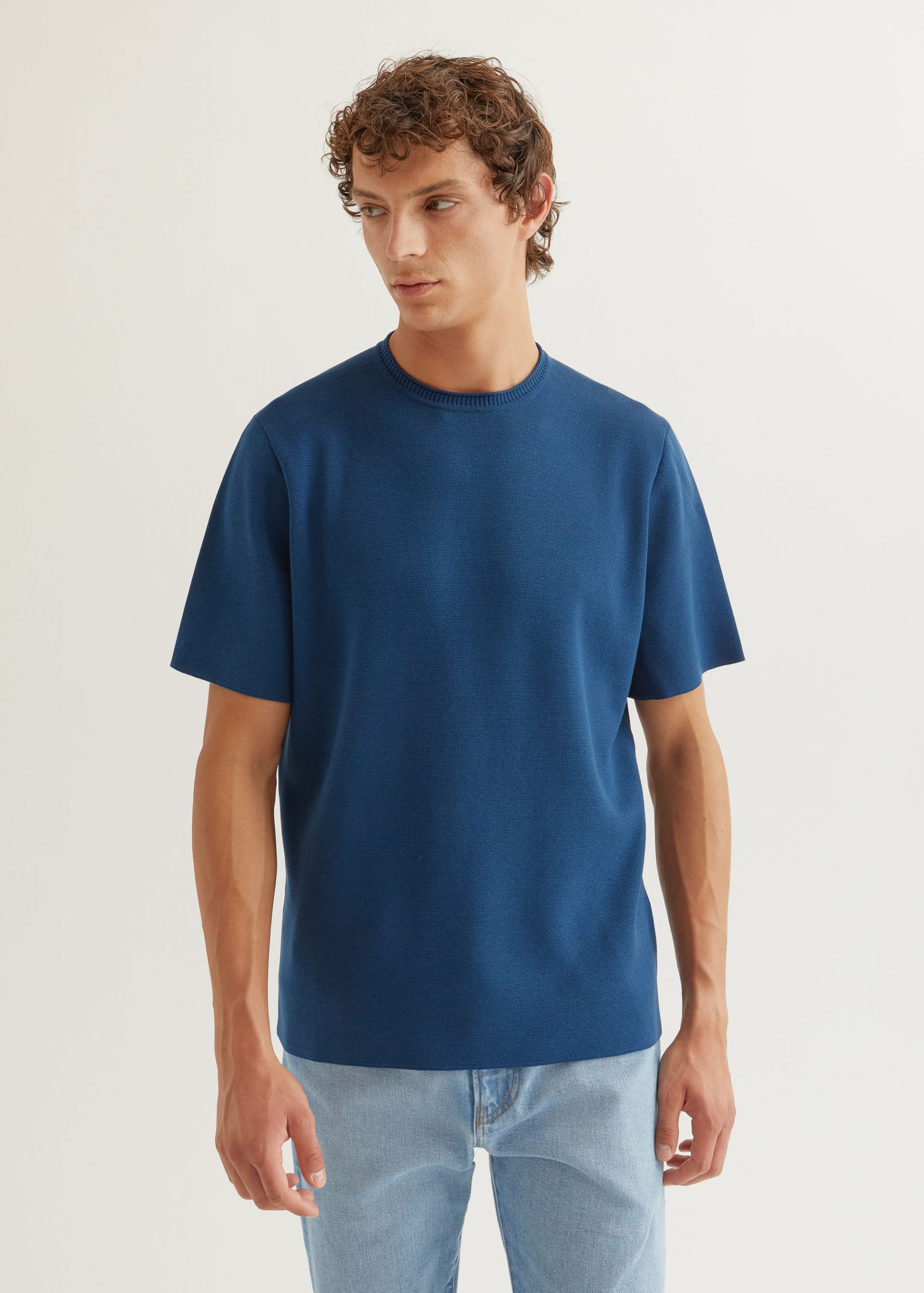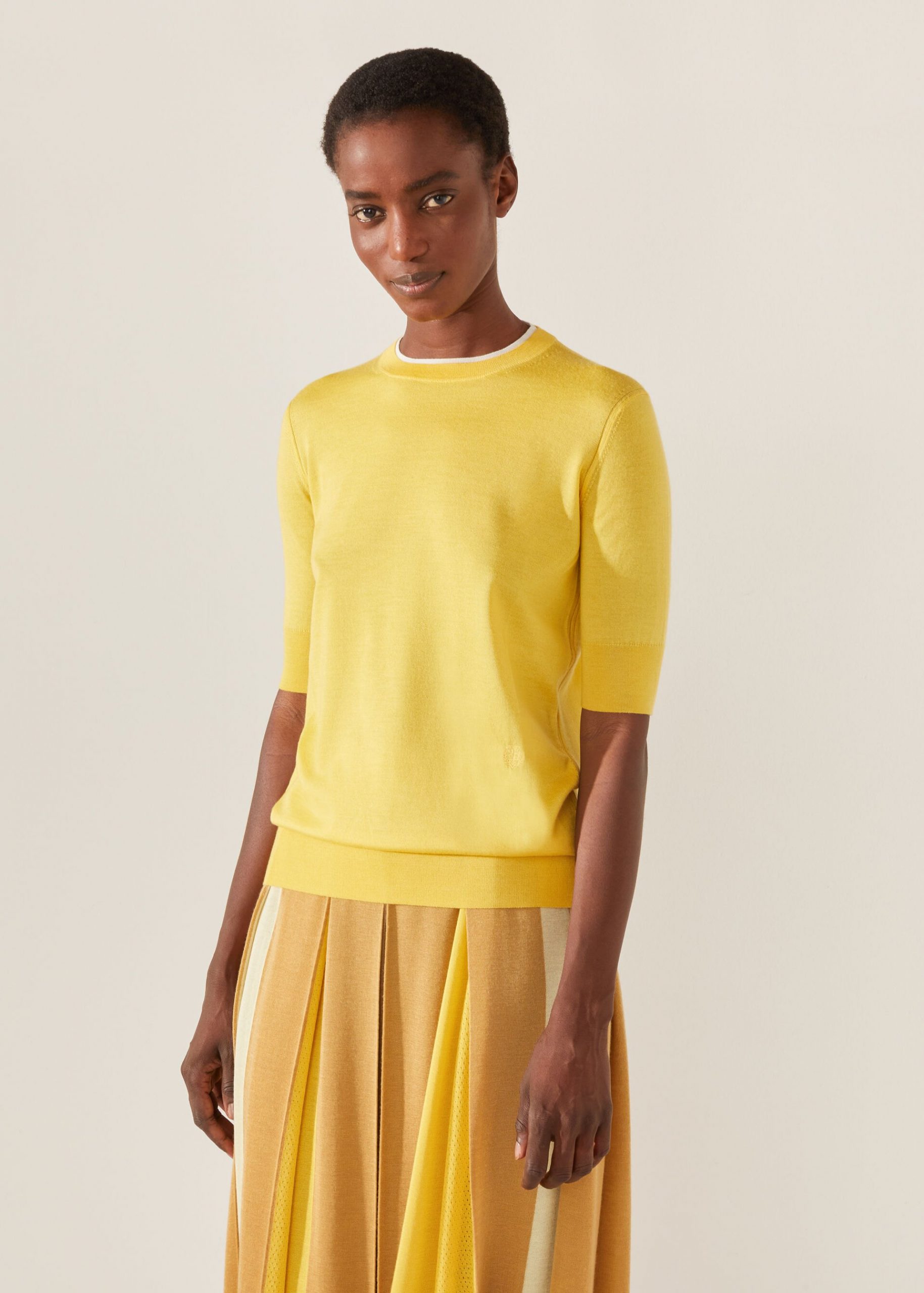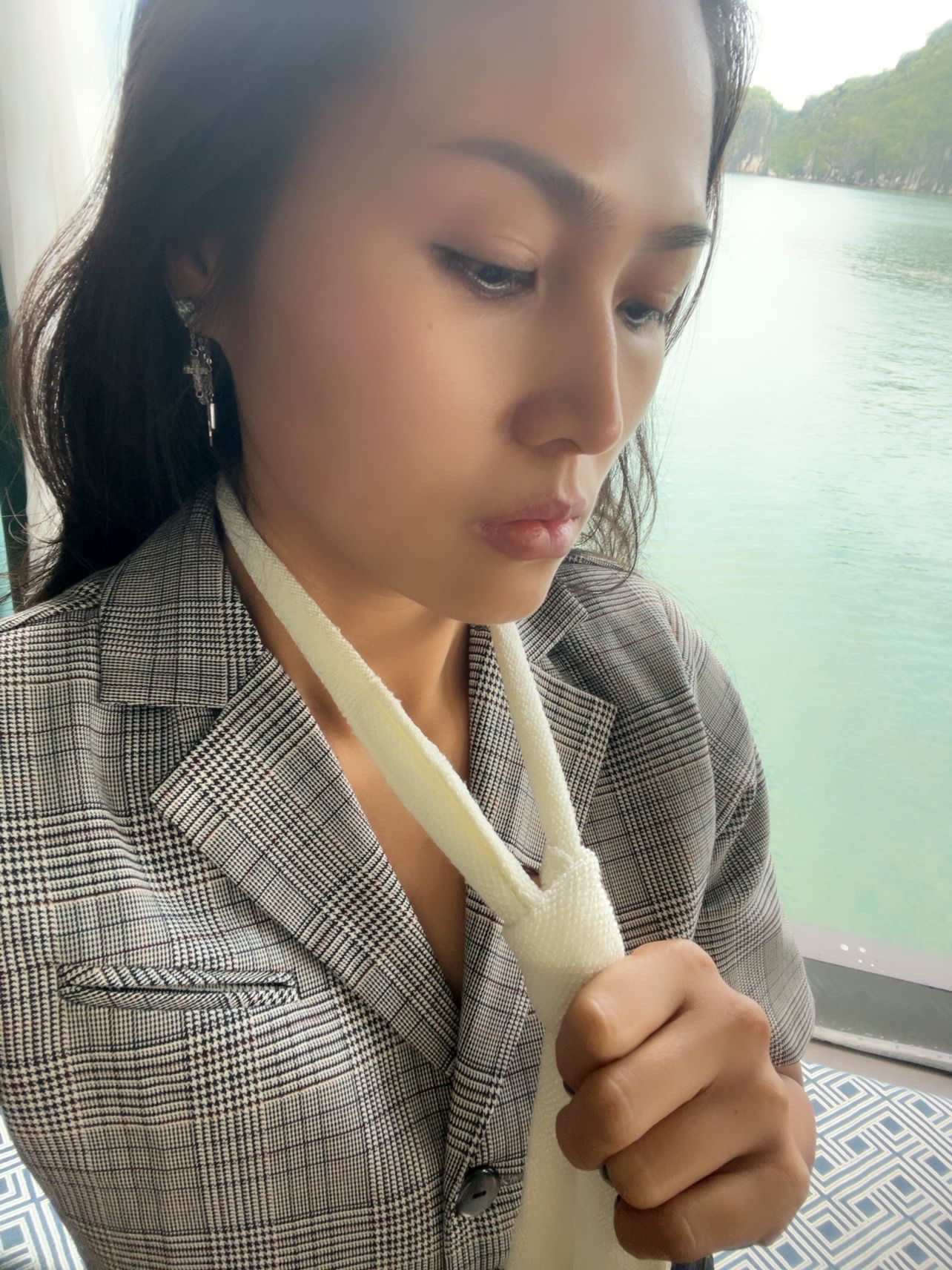
Vietnamese silk
Silk is believed to have originated in China about 3000 years ago. According to legend, silk was invented by a Chinese empress in a very accidental case. One day the queen was enjoying tea in the orchard. Accidentally discovered on the mulberry tree there are silkworms that release iridescent silk, very special. After learning about the white cocoons created by this mulberry-eating silkworm. She immediately came up with the idea of creating fabrics using this rare silk. From there, silk fabric was invented.
Entering Vietnam
Vietnam was colonized by China. Thanks to the cultural introduction of Vietnamese people, we have learned to raise and produce silk to wear with silk from silkworms. In the bibliography, it is recorded that “There are two rice crops in a year, eight generations of silkworms”. It shows that our villagers were inherently good at weaving silk, and silk was very famous at that time.
The ancestor of the Vietnamese silk industry from the sixth daughter of King Hung. Followed by “Mother of the world” Mau Lieu Hanh by traditional craft villages. Still being widely spread everywhere from the plains to the highlands, it has formed many thousand-year-old traditional silk villages of our country: Van Phuc silk village (Ha Dong), Nha Xa silk village (Ha Nam), Tan silk village. Chau (An Giang).
Vietnamese silk from the perspective of the world
Currently, Vietnam is in the Top 3 in Asia, and the Top 6 silk producing countries in the world. The silk-weaving industry has created many high-quality products that can satisfy demanding markets such as Japan, India, France, the EU, and the US. The highest quality silk fabrics in Vietnam are very popular around the world, can make: blankets, sheets, pillows, wraps, towels and now we are using 3D machine using silk to produce all kinds of ready to wear garments.
The reason why Vietnam has a good position when exporting is thanks to the prestige, belief in the nature of Vietnamese people, 100{04cda066b425a19d5130d9298bc426952c7bd7c3b9054178e7cf41a1cb6faa79} natural materials. bringing smoothness, sophistication, and beauty to international consumers.
Very good, gentle and cuddly especially for skin-friendly.
Shining noble drooping and soft. Absorbs with a lot of moisture without feeling wet dries very quickly
Extremely balanced temperature or regulator temperature control, i.e. it cools down when it’s hot and warms up when it’s cold.
Surface resistant to stains, does not absorb odors
Silk is compostable, arround 500 cocoons are needed for a t-shirt or 32 kg of mulberry leaves.
The thread of saliva is only 30 thousandths of a millimeter thick and you need at least four for a thread of silk
How do we get silk thread from silkworm?
Once the silkworms have spun their cocoon, they will eventually enclose themselves inside and then it’s time to extract the silk threads.
The short video show how to take silk manual by hand.





